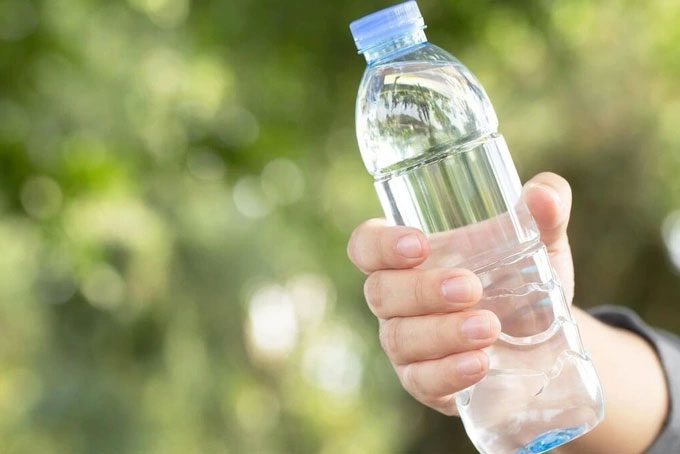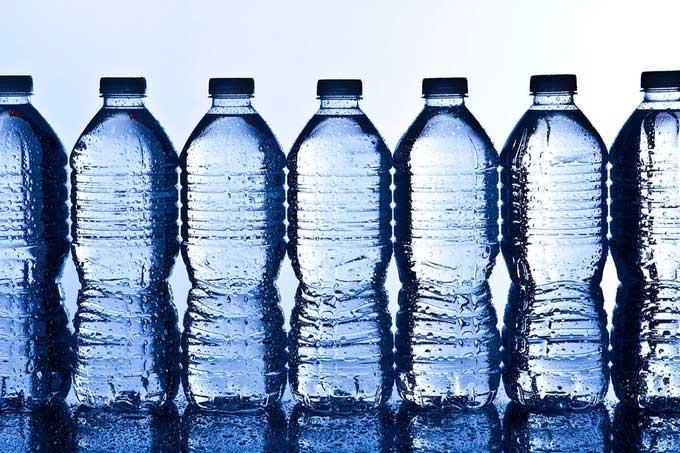In several countries, passengers are required to comply with regulations prohibiting carrying water bottles larger than 100ml onto airplanes to ensure safety.
The 100ml Rule
Since 2006, transporting liquids exceeding 100ml has been banned on commercial flights. Similar to many flight regulations instituted after the events of September 11, 2001, this is considered a counter-terrorism measure.
Peter Clarke, Deputy Assistant Commissioner of the Metropolitan Police, stated that this aims to prevent passengers from bringing liquid explosives onto planes, which are often disguised as beverage bottles.

The 100ml rule is viewed as a counter-terrorism measure.
A similar incident occurred in 2006 when police uncovered a plot to blow up multiple transatlantic flights departing from London Heathrow Airport, UK.
The terrorists were carrying acetone peroxide, also known as TATP, onto planes before injecting liquid hydrogen peroxide into empty bottles. This substance is sensitive to heat, impact, and friction, and can ignite or discharge electrical energy under suitable conditions.
As a result, a significant amount of explosive combined with AA batteries and a camera flash would create an explosion powerful enough to blow the fuselage of most targeted commercial airplanes during the attack.
The Bojinka plot in 1995 also involved the use of liquid explosives and could have led to the deaths of approximately 4,000 people, including the Pope. Fortunately, the plan was thwarted before it could be executed.
Following a series of incidents related to terrorism involving liquid explosives, the UK and the US were the first two countries to establish rules limiting liquids in carry-on luggage, provided they are contained in bottles no larger than 100ml.
Before long, the rest of the world followed suit. Within a few months, this new aviation travel standard spread globally.
Why can you bring 4 bottles of 100ml on board but not 1 bottle of 400ml?

The size of the bottles is actually more important than the liquid inside them.
Theoretically, carrying 4 bottles of 100ml and 1 bottle of 400ml is no different. You could argue that a terrorist would only need to carry smaller bottles containing liquid explosives rather than one large bottle. However, in practice, this would present a significant barrier if they intended to carry out their plot.
Kip Hawley, former Director of the Transportation Security Administration (TSA), stated that the size of the bottles is actually more important than the liquid inside them.
“For certain explosives, you need to have a critical diameter to achieve a damaging explosion,” he explained. “The size of the container itself is part of the security measure.“





















































